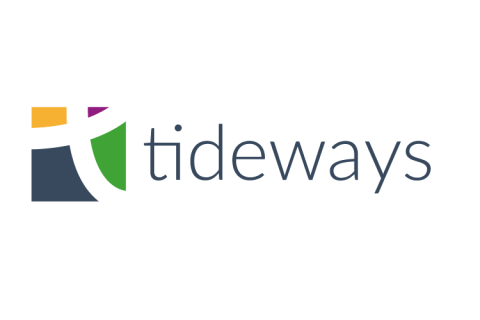Kong Enterprise 0.35 Released - Featuring Integration with HashiCorp Vault!
Today we’re thrilled to announce general availability for Kong Enterprise 0.35. This release of Kong Enterprise contains numerous new features, including a new integration with HashiCorp Vault, huge usability improvements in Kong Manager and the Kong Dev Portal, and a host of updates to some of our most popular Kong Enterprise tools.









